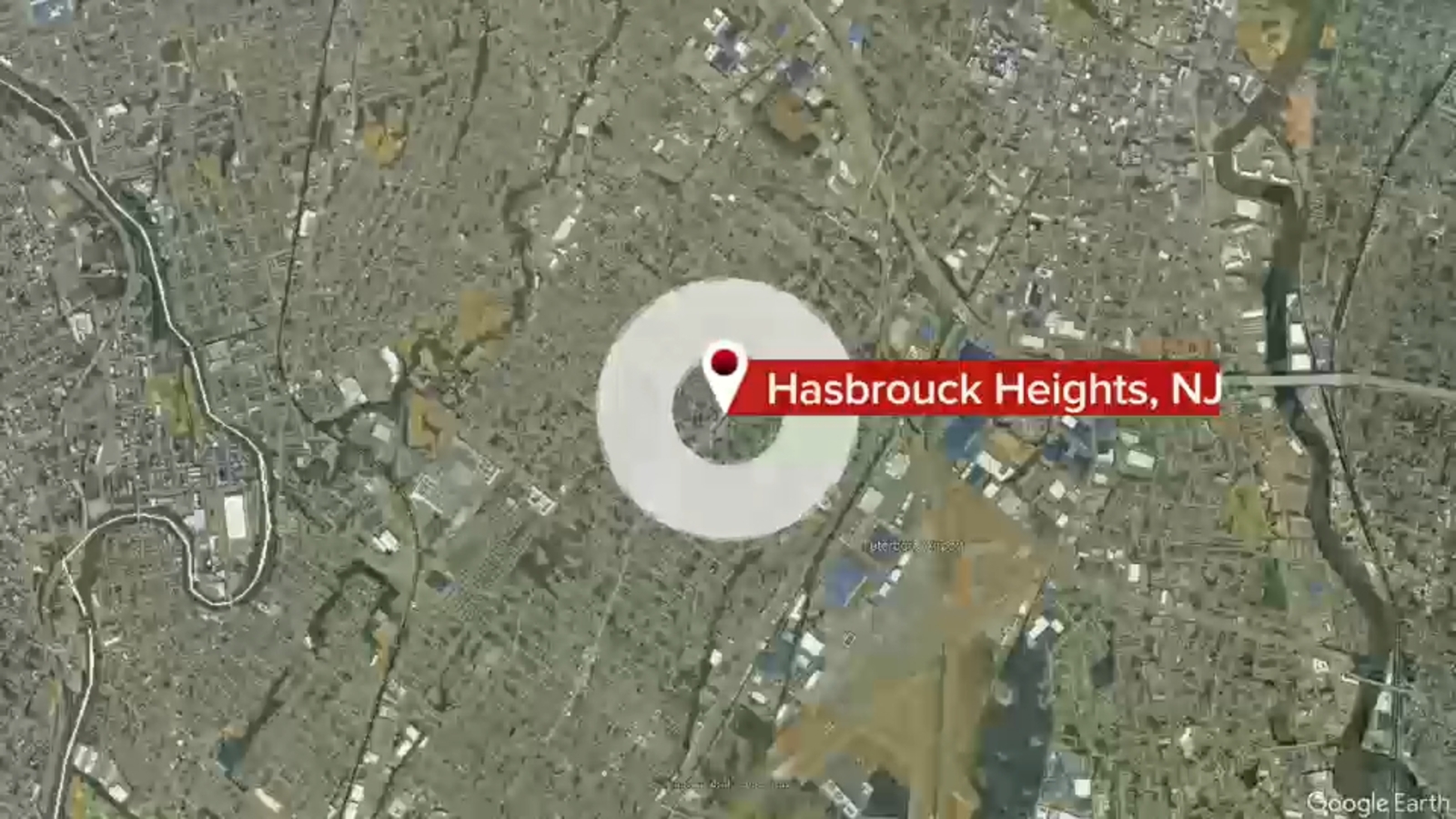What Happened
On the evening of August 2, 2025, a small earthquake struck near Hasbrouck Heights, New Jersey, at approximately 10:18 p.m. According to the United States Geological Survey (USGS), the earthquake registered a magnitude of 3.0 and was centered about six miles below the surface. Tremors from the quake were felt across a wide area, including parts of New York City and as far as 60 miles away, prompting numerous reports from residents in both New Jersey and New York. Fortunately, there have been no immediate reports of injuries or significant damage associated with this seismic event.
The earthquake’s occurrence in the Tri-State Area, while not unprecedented, is relatively rare. The USGS noted that while earthquakes do happen on the East Coast, they are less frequent compared to regions like California. A USGS analyst indicated that a magnitude of 3.0 is not considered significant and typically would not result in substantial damage, primarily causing minor shaking.
Key Details
- Magnitude: 3.0
- Location: Centered near Hasbrouck Heights, Bergen County, New Jersey
- Depth: Approximately 6 miles below the surface
- Time of Occurrence: 10:18 p.m. EDT on August 2, 2025
- Felt Reports: Residents reported feeling the quake in areas including Jersey City, Bergen, Morris, Essex Counties, and parts of New York City.
- Previous Earthquakes: A notable earthquake of magnitude 4.8 occurred in Northern New Jersey in April 2024, which was one of the largest in the region in a century and resulted in multiple aftershocks.
Multiple Perspectives
The response to the earthquake has been largely calm, with officials emphasizing that there is no cause for alarm. USGS analyst Xan Davidson stated, “I wouldn’t be concerned with a three,” indicating that such a magnitude typically does not pose a threat to safety or property. This sentiment was echoed by local emergency management officials, who reassured the public that they were aware of the event and advised residents to only call emergency services in true emergencies.
Conversely, some residents expressed surprise and concern, particularly those who felt the tremors for the first time. Social media posts reflected a mix of confusion and curiosity, with some individuals initially mistaking the shaking for a loud noise or a passing vehicle. This highlights the varying levels of awareness and preparedness among the public regarding seismic activity in the region.
Context & Background
Earthquakes in the eastern United States, including New Jersey and New York, are relatively uncommon compared to the western states, where seismic activity is more frequent. The largest recorded earthquake in New Jersey occurred in 1783, registering a magnitude of 5.3. Since then, the region has experienced several smaller quakes, with the most recent significant event being the 4.8 magnitude earthquake in April 2024.
The geological characteristics of the East Coast, including the presence of ancient fault lines, contribute to the potential for earthquakes, albeit at a lower frequency and intensity than in more seismically active regions. As such, local authorities and the USGS continue to monitor seismic activity and provide guidance to residents about preparedness and response.
What We Don’t Know Yet
While the immediate impact of the earthquake appears to be minimal, there are still uncertainties regarding potential aftershocks. The USGS has advised residents to remain aware of the possibility of aftershocks occurring in the hours or days following the initial quake. Additionally, ongoing assessments may provide further insights into the earthquake’s characteristics and any long-term implications for the region.
As this is a developing story, further updates may emerge regarding the public’s response, any additional seismic activity, or changes in the geological understanding of the area. Local authorities are likely to continue monitoring the situation and providing information to ensure public safety and awareness.


